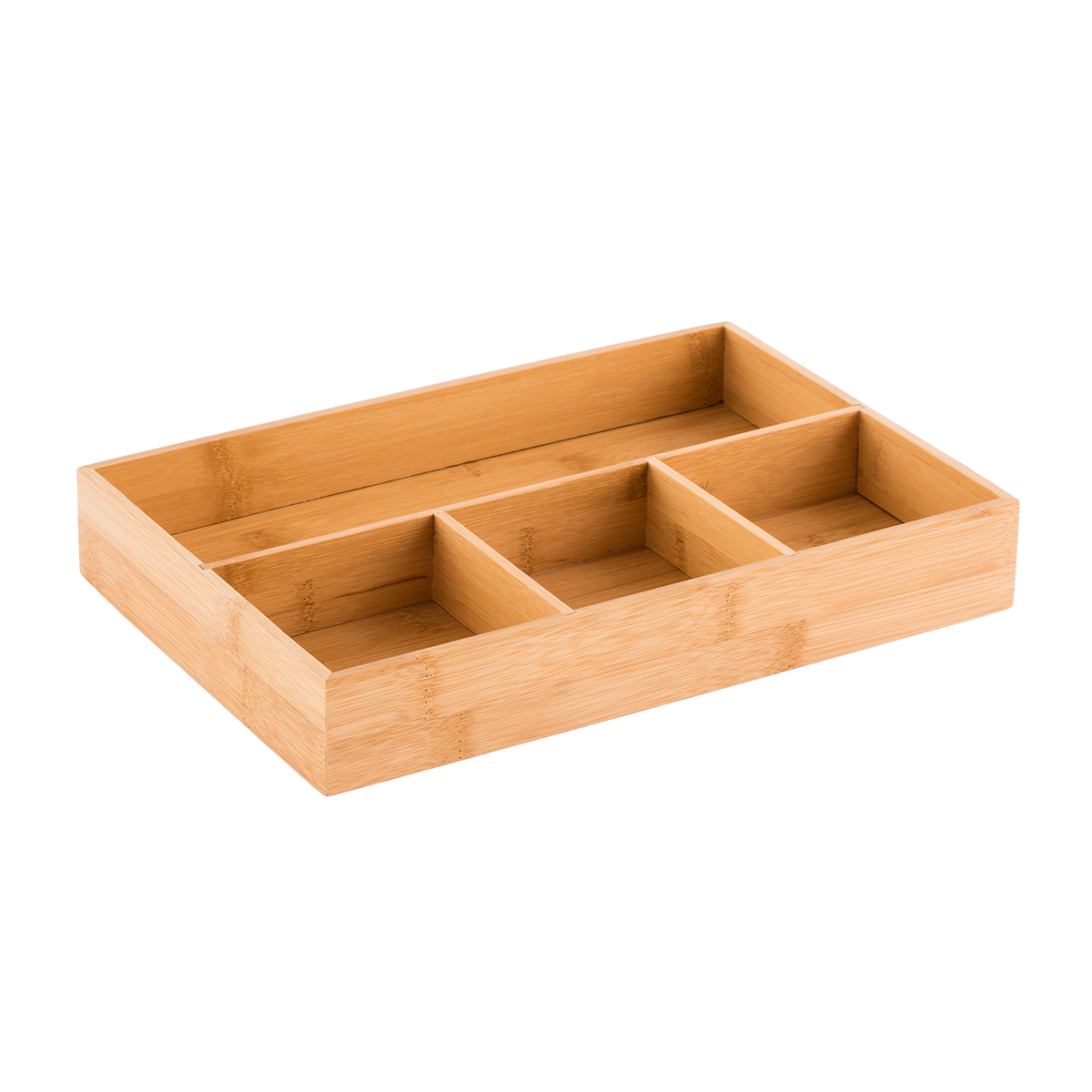Labor Day is over. That means your white pants and bathing suits are neatly folded and boxed away until Memorial Day 2017, right? Or maybe you’re a minimalist, like me, and your summer clothes have simply migrated to the far right of your closet. Perhaps you’re one of those who cling to summer, wearing flip-flops until the first snowfall. Either way, we can’t deny: fall is on its way!
I’ve burned the last of my citrus candles, making way for pumpkin spice, gingerbread, and fireside (it’s a thing) scents. The brightly colored bouquet of peonies, lilies, and hydrangeas on the dining room table has been replaced with pumpkins adorned with a saffron and gold wreath. Autumn is a dazzling time for our senses, isn’t it?
What if I told you the gorgeous autumnal colors that you look forward to every year could possibly vanish?
It’s true. Because of climate change, autumn is growing warmer each year. That means months of slow and steady changing leaves might morph into a week or two of quickly dying, decaying, brown leaves. So, if you aren’t already committed to reducing your energy use, recycling, and healing the Earth, at least now you have a super selfish reason to do so: save picturesque fall.
How can begin we heal the earth? This is where Organization walks in, introducing Minimalism and Frugality as very important guest speakers.
Yes, I know that our economy thrives when people spend money. I get it. But, what if we just changed what we spend money on, how we spend our money?
Rather than spending money on low quality clothing, gas guzzling vehicles, or processed foods, we could spend money on and increase demand for quality items that heal the Earth while fueling global economies.
Here’s one suggestion: if you simply stop buying hundreds of dollars worth of food at the grocery store every week, you’ll waste less food, save money, and have less to organize.
Allow me to explain
Imagine your refrigerator is filled to the brim: a full gallon of milk sits next to a another gallon a quarter full, leftovers are stashed in any spare space, three different jars of peanut butter stick to the shelf, and drawers of vegetables and fruit suffocate each other, sinking in rotting produce corpses. Your pantry looks the same, if you could even see past the boxes and boxes of crackers and snacks and bread. What lurks beyond? Probably a few squirrels and a gremlin or two.
Because your kitchen storage spaces overflow with food, you often feel like you have nothing to eat (much like an overstuffed closet tricks you into believing you have nothing to wear). You can’t see the food, it looks gross because it’s been sitting there for so long rotting, so you buy more food, spending money and wasting perfectly good food. Do you see how this contributes to the overconsumption/wasteful society we live in? Do you see how this is bad for the Earth, and bad for you?
Here’s how we solve it: simplify.
Just like your math teachers always taught you: simplify, simplify, simplify. This is the way to leading a meaningful life and healing each other and the Earth. Being human, however, means being complicated; complex human creatures are not very good at simplifying, so this is hard for all of us.
This is hard for me, too. Most of my life goals seem simple, but in reality would make my life more complex. Humans gather, nest, hoard just like animals. It’s natural. That’s why it’s a constant fight—for me included—to reject desire for more and accept simplicity.
But we can do it.
The Path to a Simple Fridge, Pantry, and Bringing Back Autumn
Well, don’t quote me, because I am not sure we can reverse or even heal climate change, but at least we could try to not make it any worse.
- Clean out your closets, love what you own, and modify your shopping habit.
- Clean out your fridge: toss anything that’s expired, nasty, or you’ll never eat.
- EAT EVERYTHING in your house before you shop again.*
- List food you eat on a weekly basis—food you know you won’t waste. Purchase such food weekly.
- Make sure every item of food is visible (think glass or clear plastic containers), properly closed and stored, and aesthetically appealing, increasing the probability of it being eaten rather than wasted.
- Get creative: just because you think there’s “nothing to eat” doesn’t mean there isn’t; the scraps and leftovers that fill your fridge could mix together for a delicious meal (out of lunch meat? Egg salad sandwiches—hard-boiled eggs, mayo, lettuce, and bread—are healthy, tasty, filling, and easy to make).
- Continue the habit of not wasting food by not buying food until you are really down to the bare minimum in your fridge.
*Two weeks ago I spent (what I thought) was too much at the grocery store. I told my husband we had to make the food last two weeks; I wasn’t going to grocery shop until it was two full weeks later and/or all of our food was completely gone—whichever came first.
Down to the bare minimum, I made egg salad sandwiches, we finally ate all the salad I had purchased, and I used up the last of oatmeal. That last day, when we were craving sweets but none existed, I made hot chocolate with half & half (so fattening, but so good). I was determined not to shop until two weeks were up, and when I am determined, nothing can stop me. Plus, I’m weird and I think it’s fun to challenge (read: torture) myself.
When two weeks were up, we still had a bit of salad left and some feta cheese (which I can live on), and the fridge and pantry were bare. It’s fun to start from scratch, and you can do that when you eat everything before you shop again.
Simplifying your fridge not only saves you money, slows down the horror of climate change, but also allows you to eat simpler and healthier, consequently keeps you fit. If we can change our habits, maybe we can change the world.
Liked this post? Subscribe to Meaningfully Organized to receive new posts via email.
Need a meal for either lunch or dinner that is not only simple, but also delicious and healthy? Here’s a delightful dish inspired by Mediterranean favorites. Served…












